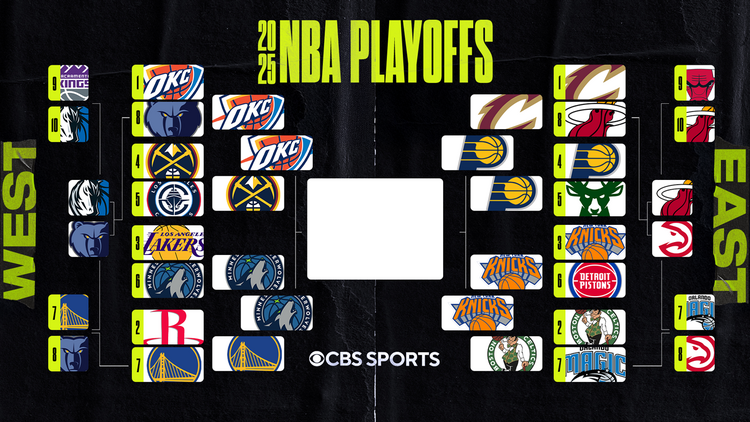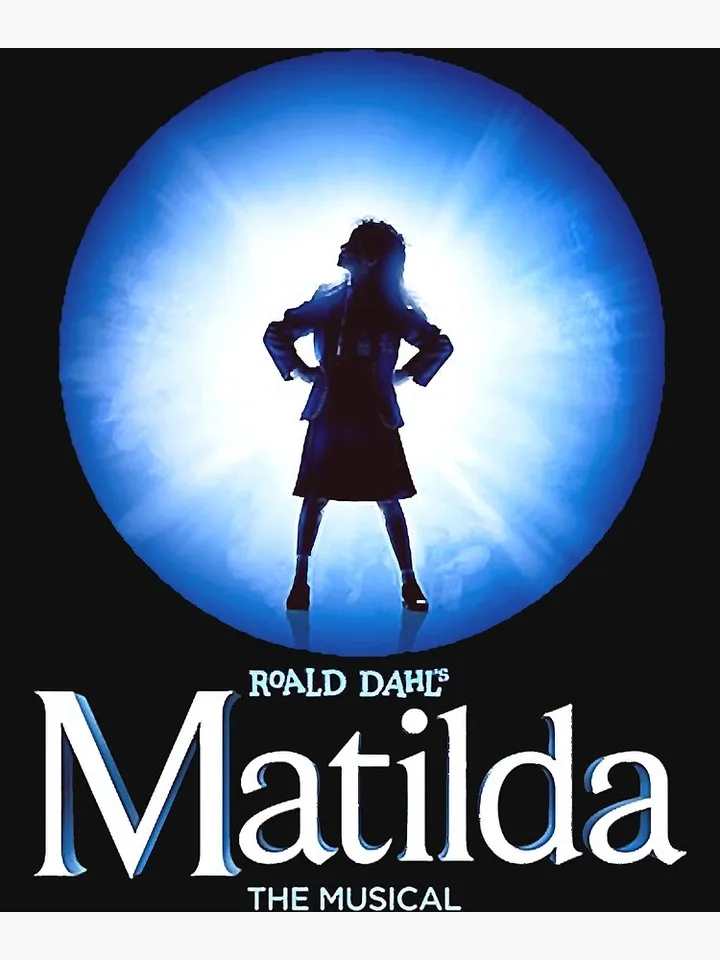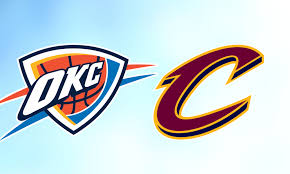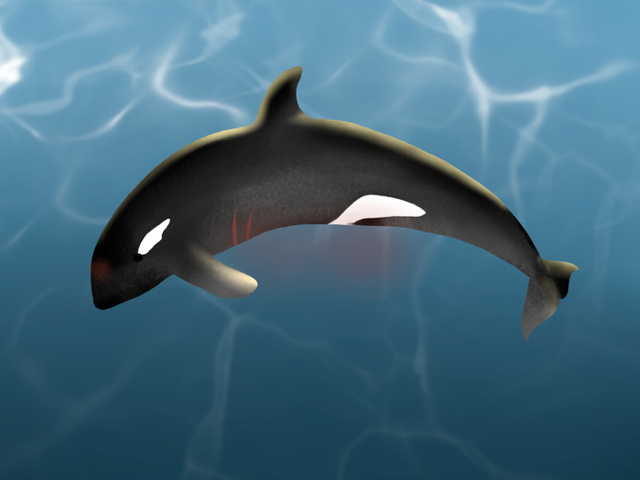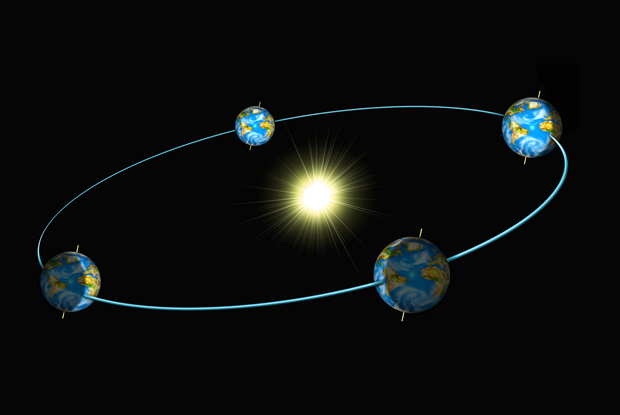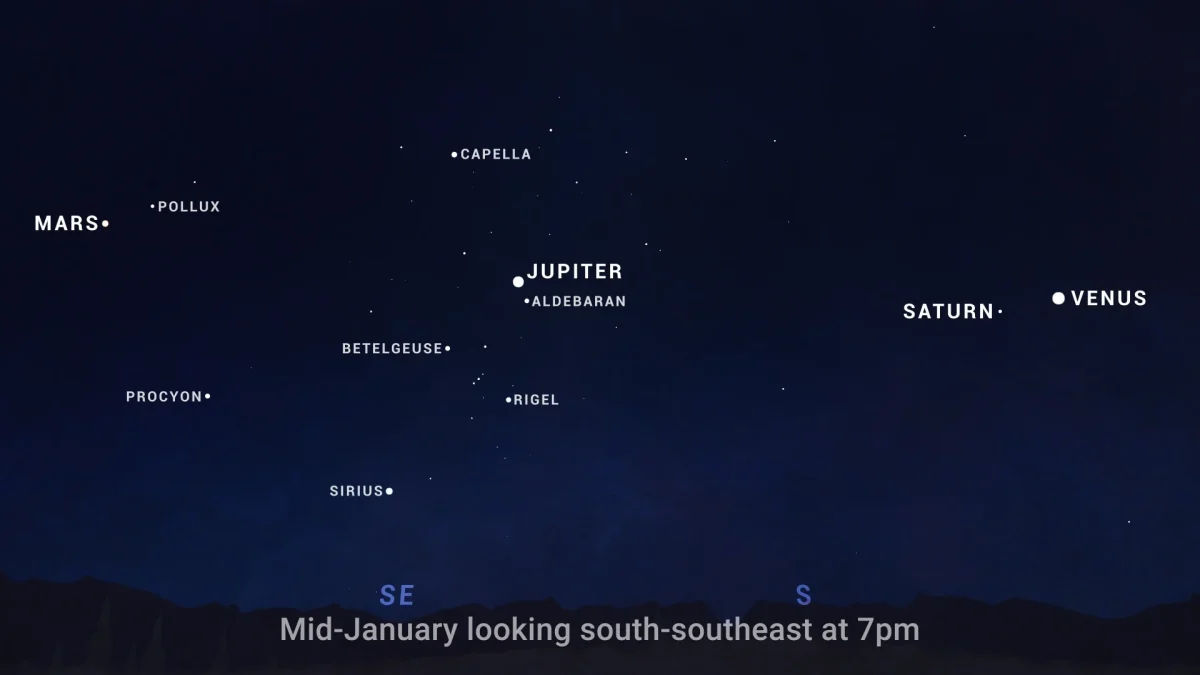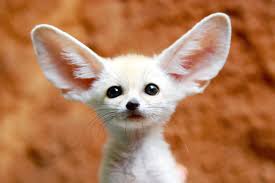Solstices:
The start of winter and the start of summer each occur on a solstice. There are two solstices each year—one in December and one in June. A solstice is a moment in the year when the Sun’s apparent path in the sky is farthest north or south from Earth’s Equator. At the solstice, the tilt of Earth toward the Sun is at a maximum angle in one hemisphere and a minimum angle in the other. The word solstice comes from the Latin words sol, meaning sun, and sistere, meaning to stand still.
The December solstice occurs around December 20 or 21. In the Northern Hemisphere, the North Pole is tilted about 23.4° (23°27´) away from the Sun. Because the Sun’s rays are shifted southward from the Equator by the same amount, the vertical noon rays are directly overhead at the Tropic of Capricorn (23°27´ S). At the moment of solstice, less than half of the Northern Hemisphere is in sunlight, making this the shortest day of the year and marking the start of winter. The opposite occurs in the Southern Hemisphere, which tilts toward the Sun and receives abundant sunlight. In the Southern Hemisphere, the December solstice marks the longest day of the year and the onset of summer.
The June solstice occurs around June 20 or 21. In the Northern Hemisphere, the North Pole is tilted about 23.4° (23°27´) toward the Sun. Because the Sun’s rays are shifted northward from the Equator by the same amount, the vertical noon rays are directly overhead at the Tropic of Cancer (23°27´ N). More than half of the hemisphere is in sunlight at the moment of solstice. The June solstice is the longest day of the year in the Northern Hemisphere, and signals the start of summer. The June solstice has also been celebrated in many cultures. For example, in Scandinavia, the holiday of Midsummer’s Eve is observed on a weekend near the time of the June solstice. At the same moment of solstice, the Southern Hemisphere is experiencing its shortest day—the hemisphere tilts 23.4° (23°27´) away from the Sun, and less than half the hemisphere is in sunlight. For the southern half of Earth, the June solstice brings the start of winter.
Equinoxes:
the Equinoxes are either of the two moments in the year when the sun is exactly above the Equator and day and night are of equal length; also, either of the two points in the sky where the ecliptic (the Sun’s annual pathway) and the celestial equator intersect. The vernal equinox marking the beginning of spring in the Northern Hemisphere, occurs about March 21, when the Sun moves north across the celestial equator. The autumnal equinox falls about September 23, as the Sun crosses the celestial equator going south.
What is the difference?
Some people believe that the Equinoxes and solstice’s are just different names for the same thing, but in reality they are complete opposites. solstices mark the begging of the “major seasons,” as some like to refer to them as. And they also mark the time when the differences between the hours of daylight and darkness are the most different. While as Equinoxes mark the times when this time is exactly the same. And that’s your difference.
sources
- Britannica article: Solstices and Equinoxes.
- Newsela: Solstices and Equinoxes, What’s the Difference?
